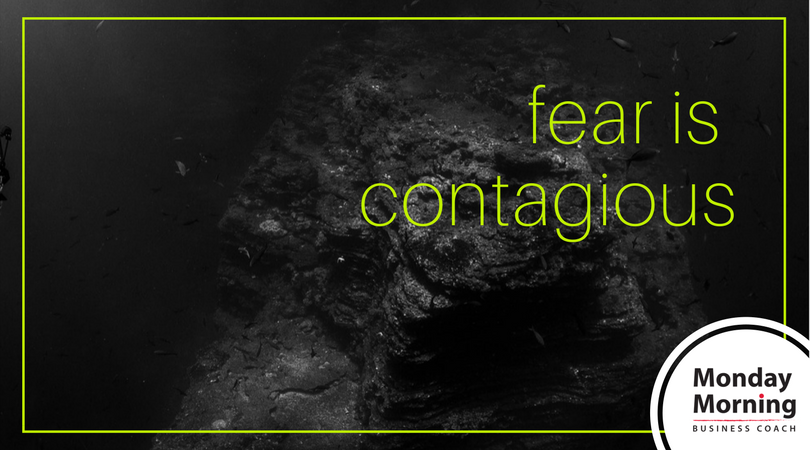Fear is like a virus – it’s contagious. It spreads among individuals and, when left to flourish, it can take down organizations.
Let us share an example. A few years ago, we worked with an organization where the CEO of the company was not a very skilled leader. She was harshly critical of the work of others at all levels of the organization.
Her critiques were not always wrong mind you, but the delivery of the message was often highly emotional, sharply angry, and personally insulting.
As we worked with the CEO we discovered that she was afraid.
She was afraid of many, many things. She was afraid that the staff didn’t understand how to deliver a sharp, crisp, and innovative product. She was afraid of the reaction of her board and shareholders to a challenging time. She was afraid she would lose her job just when her son was starting college.
She was afraid.
And, because of her behavior when she was afraid, her direct reports and staff around her were afraid to make a mistake and suffer her wrath.
Because of her behavior, her team was reluctant to talk directly to her about ways to effectively respond to the board and shareholders and even worse, they didn’t take any risks to create sharp, crisp, and innovative products but rather tried to guess what she would like.
This CEO’s fear and anger drove people away and in turn created a lack of confidence in her leadership. This ultimately resulted in a cycle that threatened her job.
Her behavior inadvertently helped create all the things she feared.
You see, when one person is afraid, particularly someone with some power, everyone around them experiences their fear and the behaviors driven by that fear, and then typically their actions change as well because they’re afraid.
We’re not here today to tell you not to be afraid. We’re here today to remind you that fear is contagious, and engaging with your team, your boss, or your peers about ways to mitigate that fear can be powerful and create alignment behind a vision for success.
We didn’t suggest to the CEO that she tell everyone she’s afraid, but we did suggest that she apologize for her behavior and that she share with them that the challenges facing the organization had thrown her off her game.
It took a number of months for her to regain connection and alignment with her team. For the first few months, they expected her to explode. But once she learned some new ways to manage her fear and to lead through it, she created a path forward for her team and organization.
Don’t let fear keep you from being your best self.


